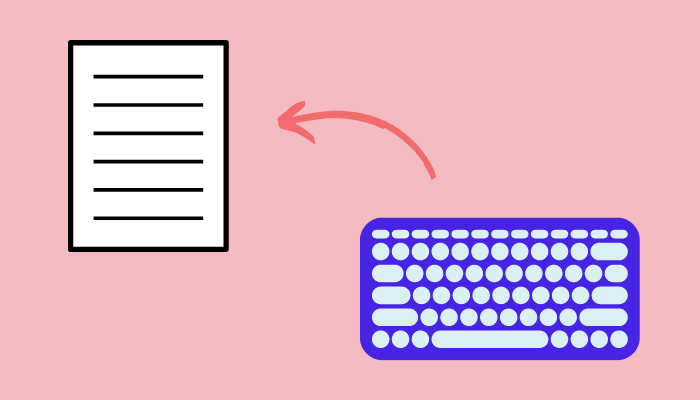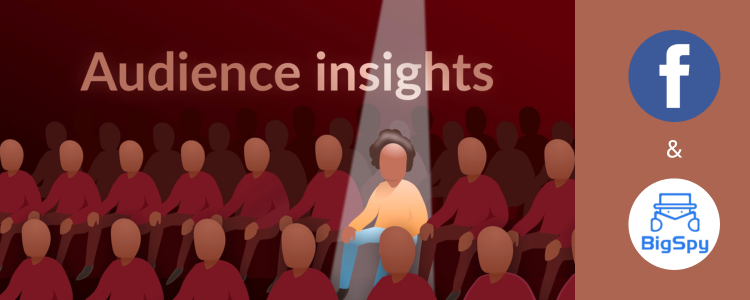How to Use the Facebook Ads Cost Calculator?

Step 1: Set Your Monthly Revenue/Profit Goals
First, input your monthly revenue or profit goal into the Facebook Ads Cost Calculator. This is the total revenue or profit you aim to generate through your Facebook ad campaign. Clearly defining your goal ensures accurate calculations.

Step 2: Enter Other Relevant Data
For revenue-based calculations, gather and input data such as AOV, CPM, CTR, and CPA. For profit-based calculations, in addition to the above data, include average production costs and shipping costs.
Then,enter these data into the Facebook Ads Cost Calculator.

Step 3: Interpret the Results
After entering all the necessary metrics, the Facebook Ads Cost Calculator will provide actionable insights. It estimates the total number of conversions, clicks, cost per click, the total budget needed to achieve your revenue goals, and the conversion rate you need to maintain within the CPA target range.
Remember, these are estimates, and market conditions will influence your performance.
What Are the Uses and Advantages of the Facebook Ads Cost Calculator?
The Facebook Ads Cost Calculator helps advertisers allocate their budget effectively, optimize ad strategies, and predict ad performance, thereby improving overall ad efficiency and effectiveness.
Budget Planning: Estimates the budget needed for ad campaigns on Facebook. By inputting different ad parameters such as ad type, target audience, and ad duration, it provides a cost range for better budget planning.
Cost Optimization: Advertisers can adjust ad parameters to see how different settings impact ad costs, optimizing their ad strategies. For instance, by adjusting audience size, ad frequency, and ad duration, advertisers can find the most cost-effective way to run their ads.
Ad Performance Evaluation: Before launching ads, advertisers can use the calculator to predict possible ad outcomes, such as CTR and CVR, under different budgets. This helps assess the feasibility and expected returns of the ad campaigns.
Cost Comparison: Allows advertisers to compare Facebook ad costs with other platforms to decide the ad spend proportion across different platforms, ensuring efficient use of the ad budget.
Financial Reporting: Helps advertisers generate detailed ad cost reports, making it easier for the finance department to perform cost accounting and report generation.
How Accurate Are the Results Generated by the Facebook Ads Cost Calculator?
The accuracy of the results from the Facebook Ads Cost Calculator depends on several factors, primarily the accuracy of the input data provided by the user. The more precise the parameters such as ad budget, audience characteristics, timing, and ad type, the closer the results will be to the actual outcomes. However, since the advertising market is dynamic and Facebook's ad policies and algorithms may change, these factors also affect result accuracy. Thus, users should use the generated results as a reference and regularly monitor and adjust using real data.
How to Acquire Customers More Precisely?
To acquire customers more precisely, you need to use a combination of strategies and tools to ensure your ads and marketing activities effectively reach your target audience.

Using BigSpy for Target Audience Analysis
Age & Gender & Region & Preference
Understand Your Target Audience
- Market Research: Conduct market research to understand who your target customers are, their needs, interests, behaviors, and purchasing habits.
- Data Analysis: Use data analysis tools (like Google Analytics, Facebook Insights) to analyze existing customer data and understand their characteristics and behaviors.
Optimize Ad Targeting
- Use Precise Targeting Options: On platforms like Facebook Ads, use detailed targeting options such as location, age, gender, interests, behaviors, etc., to precisely target your audience.
- Create Custom Audiences: Use existing customer data (e.g., email lists, website visitors) to create custom audiences and use lookalike audiences to find potential customers.
Personalized Marketing
- Dynamic Ads: Use dynamic ads to automatically display relevant products based on users' browsing and purchasing behaviors.
- Personalized Content: Attract and retain customers with personalized content and recommendations, such as sending personalized emails and push notifications.
Content Marketing
- Quality Content: Create valuable content like blog posts, videos, whitepapers, etc., to attract and educate potential customers.
- SEO Optimization: Optimize your website content to improve search engine rankings and attract users with relevant search intent.
Social Media Marketing
- Social Media Ads: Advertise on platforms like Facebook, Instagram, LinkedIn using precise targeting features.
- Interaction and Engagement: Engage with users on social media to build brand loyalty and trust.
Remarketing
- Remarketing Ads: Show relevant ads to users who have visited your site but did not convert, encouraging them to return and complete a purchase.
- Email Remarketing: Send personalized remarketing emails to remind users to return to their shopping cart or recommend related products.
Utilize Data and Analytics
- A/B Testing: Conduct A/B tests to optimize ad copy, images, landing pages, etc., to improve conversion rates.
- Analysis and Optimization: Regularly analyze ad and marketing campaign performance, adjust strategies and budgets to optimize customer acquisition costs.
Collaboration and Referrals
- Partnerships: Collaborate with other brands or influencers to expand your customer base using their audience.
- Referral Programs: Encourage existing customers to refer new customers through referral reward programs to increase efficiency in acquiring new customers.
Provide Excellent Customer Experience
- Customer Service: Offer excellent customer service, solve customer problems, and enhance customer satisfaction and loyalty.
- User Experience: Optimize website and mobile experience to ensure potential customers can easily find the information they need and complete purchases.
How to Optimize Ad Spending?
Optimizing ad spending helps you achieve a higher return on investment (ROI) within a limited budget. Here are some methods and strategies to manage and optimize your ad spending effectively:
Set Clear Goals
- Define Ad Goals: Determine specific goals for your ads, such as increasing brand awareness, driving website traffic, or increasing sales conversions. Different goals will influence ad design and strategy.
- KPIs: Set measurable KPIs like CTR, CVR, CPC, CPA, etc.
Precise Audience Targeting
- Segment Audiences: Segment audiences based on location, age, gender, interests, behaviors, etc., to improve ad relevance and effectiveness.
- Use Custom and Lookalike Audiences: Utilize existing customer data to create custom audiences and use lookalike audiences to find potential customers.
Optimize Ad Creatives
- A/B Testing: Perform A/B tests to compare the effectiveness of different ad copies, images, videos, landing pages, and choose the best-performing versions.
- High-Quality Creatives: Create high-quality, attention-grabbing ad creatives to attract audience attention and prompt them to take action.
Optimize Ad Budget
- Budget Allocation: Allocate budget based on ad performance and KPIs, investing more in the best-performing ads and channels.
- Dynamic Adjustments: Monitor ad performance regularly and dynamically adjust budgets to avoid wasting funds on poorly performing ads.
Use Remarketing
- Remarketing Ads: Show relevant ads to users who visited your site but didn’t convert, encouraging them to return and complete a conversion.
- Personalized Remarketing: Show personalized remarketing ads based on users’ browsing and purchase behaviors to improve conversion rates.
Monitor and Analyze Data
- Data Analysis Tools: Use tools like Google Analytics, Facebook Ads Manager to analyze ad performance data regularly.
- Reports and Insights: Generate detailed ad performance reports to understand which ads and audiences perform best, and optimize ad strategies accordingly.
Optimize Landing Pages
- Relevance and Consistency: Ensure ad creatives and landing page content are consistent, providing relevant information and calls to action.
- User Experience: Optimize landing page loading speed, mobile adaptation, navigation structure, etc., to improve user experience and conversion rates.
Monitor Competitors and Market Trends
- Competitive Analysis: Understand competitors’ ad strategies, analyze their ad creatives, audience targeting, and channels.
- Market Trends: Keep up with industry and market trends, and adjust ad strategies to adapt to market changes.
Frequently Asked Questions
Got a question? We've got answers. If you have some other questions, see our support center.